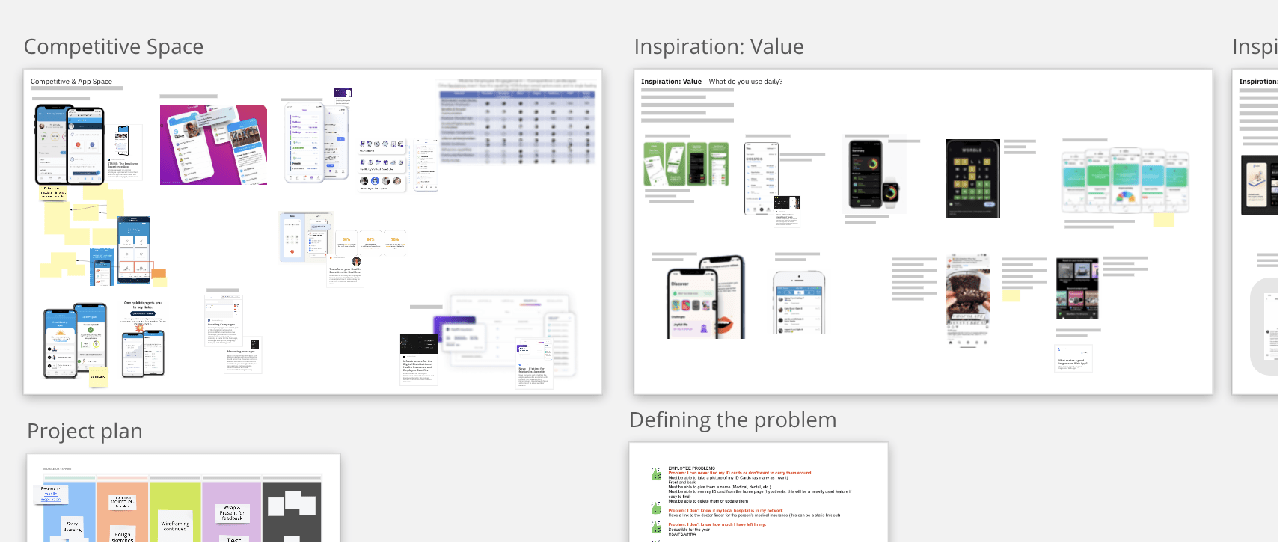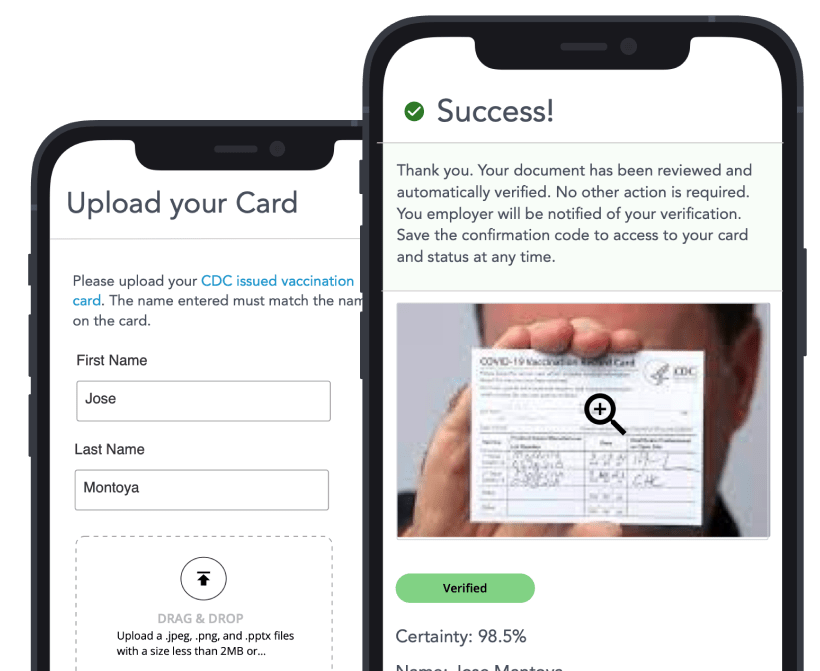PlanSource: Building an Innovation Practice
Discovering customer’s unmet needs. Experimenting with new technology, data, and AI. Creating new value.

“Are we building the right thing?
Are we building it right?
Can we validate it quickly?”
PlanSource is a B2B2C benefits technology platform seeking to innovate on behalf of their customers within a stagnant market.
Having built our first UX team, our standard product design process was understood, matured, and working well for 4+ years.
Increasingly we found a need to separate new ideas from our established product design track. The ability to quickly pursue an idea to proof of concept, without interrupting a stable backlog of planned product improvements.
My role was to lead PlanSource’s first innovation lab and focus on practical innovations we could bring quickly to market. Conducting generative customer workshops, working cross-functionally to build an innovation roadmap, and bringing concepts to life.
Process
It started by researching and adapting best practices of other innovation teams within Vista, UKG and IBM’s garage. The resulting process provides a way of combining the goals of innovation & product design delivery. Both tracks operate on shared resources and enable product teams to participate in innovation while running a roadmapped product development lifecycle in parallel.
Defining Pillars for Innovation
One early challenge was where to focus. How to generate “ideas” then understand which ones were feasible. Conversations with other innovation leaders recommended establishing areas of focus. We defined them as follows:
- Generative Customer workshops: Design thinking workshops to uncover gaps in our experience or unmet needs. These would be H3 area’s where PlanSource could expand its footprint and create new product offerings. This meshed well with our established customer research practice.
- Market & Competition: Understanding market trends and where our competitors were investing. These reveal more practical Horizon-2 innovations and similar to traditional product management.
- Incorporating Emerging Technology: emerging technologies such as AI/ML provided the “how” but left us to discover a bit about “why” they were important to customers.
Covid vaccines were in early adoption of the general public. Our customers were trying to understand back-to-office policies as we all dealt with the challenging landscape of the pandemic.
We had a close relationship with our data science team and previously developed AI/ML models for document recognition. Understanding our HR customer’s the need for compliance, we developed a model for CDC issued vaccine cards.

This was more of a CX than a UX problem – understanding and designing a customer experience in a stressful and confusing time. We designed workflows with customer questions: How does the customer interact? Does the process make sense? And what happens when it doesn’t work as expected?
The resulting proof-of-concept was shared with customers, validating our innovation process and ability to deliver quickly.
Result: Decision Support and Package Benefits
PlanSource’s B2C enrollment software supports 4 million customers’ access to their benefits. It was designed to function as an ecommerce styled shopping experience, educating and comparing different benefits and plans. There were multiple pain points in this experience including an overwhelming amount of choice – navigating an average of 17 different individual benefits, surveys and acknowledgements.
 Our innovation practice partnered with our data science team to understand customer segmentation and enrollment trends. An earlier project engaged this data to build intelligent decision support, recommending the correct benefits to an employee with a high degree of acceptance.
Our innovation practice partnered with our data science team to understand customer segmentation and enrollment trends. An earlier project engaged this data to build intelligent decision support, recommending the correct benefits to an employee with a high degree of acceptance.
We strove to take this one step further, using our models to intelligently packaging benefits selections for an employee. While also allowing them the affordance to learn & enroll outside the recommendations. While consumer user testing was extremely positive, responses from B2B customers were mixed – benefits are complicated and there are inherent risks to discuss.
Package benefits is an example of how innovating a future-state helped understand market adoption risks in advance of product development.
Our products suffered from seasonal usage. Our administrators manage benefits year-round, but employees typically only engage during their open enrollment cycle. Two data points highlighted this: only 1.9 annual visits and 15% mobile usage by employees. And prior mobile apps did not engage employees.

Our innovation team organized cross-functional design sprints, focusing on improving employee engagement in their benefits. My role is to lead strategy, research, and guide the team’s results.
The sprint produced a POC focused on engage employees in their benefits beyond simple information and allowing personalized communications from their company’s HR. We validated the appeal for this app directly with employees through Pendo in-app polls.
The resulting app “The Source” has become a growth pillar for PlanSource and validated our innovation process.




